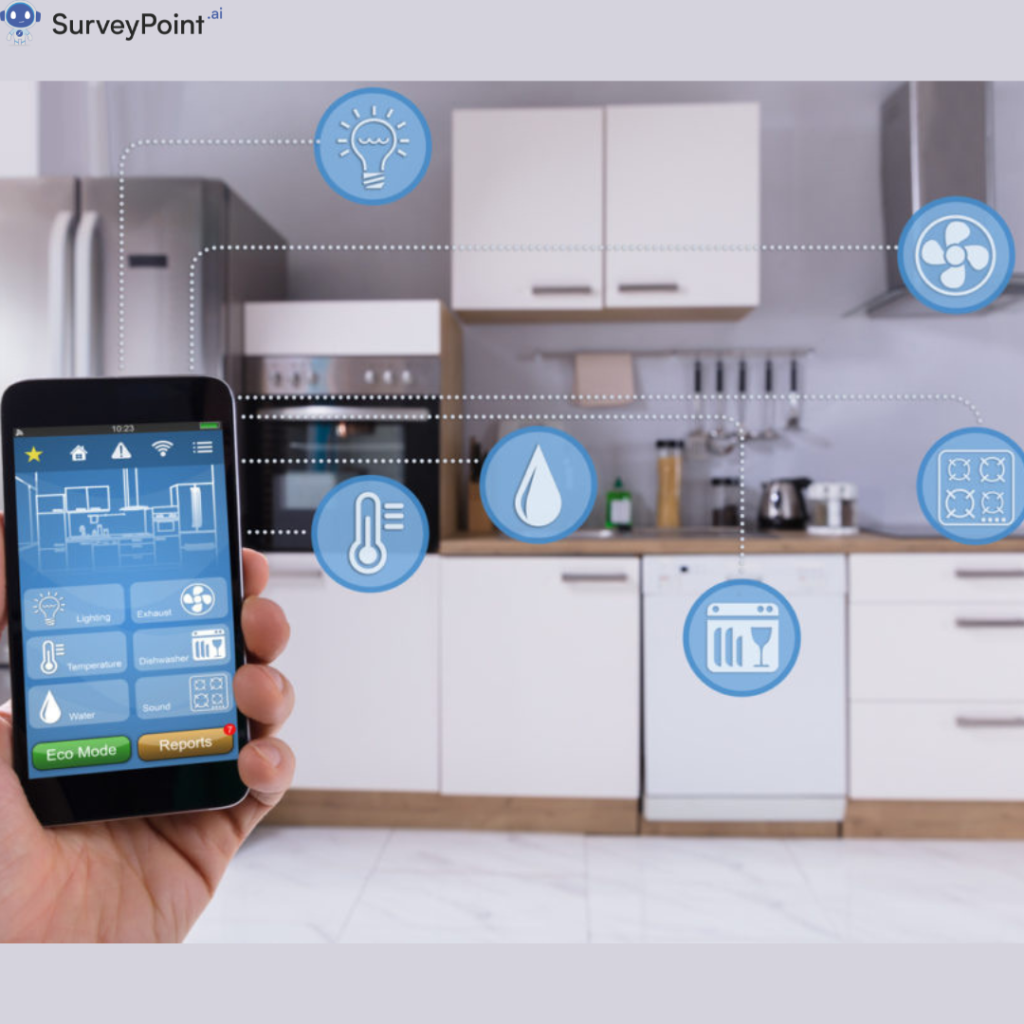
In today’s professional landscape, multitasking is the norm rather than the exception. The complexity of work has increased, and professionals are often required to handle multiple projects simultaneously. Whether you’re a project manager overseeing a large team, a small business owner managing various aspects of your business, or an employee juggling different tasks, the ability to stay organized is critical to your success. The modern workplace demands efficiency, accuracy, and adaptability. Hence, managing multiple projects effectively can distinguish between thriving in your role and feeling overwhelmed.
Challenges of Managing Multiple Projects
Managing multiple projects comes with its own set of challenges. These include:
- Competing Priorities: Different projects often have competing priorities, making it difficult to decide where to focus your efforts.
- Resource Allocation: Ensuring that you have the necessary resources (time, money, personnel) for each project can be a balancing act.
- Communication Breakdowns: With multiple projects, keeping track of communications and ensuring everyone is on the same page can be challenging.
- Tracking Progress: Monitoring the progress of several projects simultaneously requires effective tools and methods.
- Stress and Burnout: The pressure of juggling multiple projects can lead to stress and burnout if not managed properly.
7 Strategies to Manage and Track Multiple Projects at Once
1. Prioritize and Plan
Effective prioritization and planning are foundational to managing multiple projects successfully. Without a clear understanding of what needs to be done and when, it’s easy to become overwhelmed and miss critical deadlines.
Setting Priorities:
One of the first steps in managing multiple projects is to identify which tasks and projects are most critical. Prioritization involves determining the order in which tasks should be completed based on their urgency and importance. Tools like the Eisenhower Matrix can help you categorize tasks into four quadrants: urgent and important, important but not urgent, urgent but not important, and neither urgent nor important. By focusing on tasks that are both urgent and important, you can ensure that you’re addressing the most critical aspects of your projects first.
Planning Techniques:
Planning is essential for keeping track of all the moving parts in your projects. Several planning techniques can help you organize your tasks and timelines effectively:
- The Eisenhower Matrix: This tool helps you prioritize tasks by urgency and importance, ensuring that you focus on what truly matters.
- The ABCDE Method: This method involves assigning a letter (A-E) to each task based on its priority, with “A” tasks being the most critical.
- Time Blocking: This technique involves allocating specific blocks of time for different tasks or projects, helping you manage your schedule more effectively.
Setting Clear Goals:
Setting clear, achievable goals is crucial for maintaining focus and motivation. When setting goals, use the SMART criteria to ensure they are Specific, Measurable, Achievable, Relevant, and Time-bound. Clear goals provide a roadmap for your projects, helping you stay on track and measure your progress.
2. Use Project Management Tools
Project management tools are indispensable for managing multiple projects. These tools provide a centralized platform for organizing tasks, tracking progress, and facilitating communication among team members.
Overview of Tools:
There are several project management tools available, each with its own unique features and benefits. Some of the most popular tools include:
- Asana: Known for its user-friendly interface and versatility, Asana allows you to create tasks, assign them to team members, set deadlines, and track progress.
- Trello: This tool uses a visual board and card system, making it easy to see the status of different tasks at a glance. Trello is highly customizable and integrates with many other apps.
- Microsoft Project: A more robust tool designed for larger projects, Microsoft Project offers advanced features like Gantt charts, resource management, and project scheduling.
- Monday.com: This tool provides a flexible and intuitive platform for managing projects, with features like task assignments, time tracking, and automation.
Features and Benefits:
Project management tools offer several features that can help you stay organized:
- Task Assignments: Assign tasks to team members, ensuring everyone knows their responsibilities.
- Deadlines and Reminders: Set deadlines and receive reminders to keep your projects on track.
- Progress Tracking: Monitor the progress of tasks and projects in real-time, identifying any potential issues early on.
- Collaboration Capabilities: Facilitate communication and collaboration among team members, ensuring everyone is on the same page.
3. Delegate Effectively
Effective delegation is crucial for managing multiple projects. By assigning tasks to the right people, you can ensure that work is distributed evenly and that everyone is working to their strengths.
Identifying Tasks to Delegate:
Not all tasks need to be handled by you personally. Identify tasks that can be delegated to team members based on their skills and availability. Routine tasks, administrative work, and tasks that others can handle as well or better than you are good candidates for delegation.
Choosing the Right Person:
When delegating tasks, it’s important to choose the right person for each job. Consider factors like the team member’s skills, experience, workload, and interest in the task. Delegating tasks to the right people can improve efficiency and ensure high-quality results.
Clear Communication:
Clear communication is essential when delegating tasks. Provide detailed instructions and clarify any expectations to ensure that the task is completed correctly. Regular check-ins and feedback can help address any issues early on and keep the project on track.
4. Maintain Clear Communication
Clear communication is vital for managing multiple projects. It ensures that everyone involved is on the same page and can help prevent misunderstandings and errors.
Regular Updates:
Regular updates are important for keeping everyone informed about the status of projects. These updates can be provided through meetings, emails, or project management tools. Regular updates help ensure that everyone knows what’s happening and can address any issues promptly.
Open Channels:
Maintaining open communication channels is crucial for effective collaboration. Encourage team members to ask questions, share updates, and provide feedback. This can help identify and address issues early on and ensure that everyone is working towards the same goals.
Documentation:
Documenting important communications, decisions, and changes is essential for keeping track of your projects. This documentation can be referred to later if any questions or issues arise. It also ensures that everyone has access to the same information, reducing the risk of misunderstandings.
5. Monitor Progress Regularly
Regularly monitoring the progress of your projects is essential for ensuring that everything is on track and identifying any potential issues early on.
Setting Milestones:
Setting milestones can help you track the progress of your projects and ensure that you’re meeting key deadlines. Milestones provide a way to measure progress and can help motivate you and your team by providing a sense of accomplishment.
Using KPIs:
Key performance indicators (KPIs) are metrics that can help you measure the success of your projects. KPIs can include things like the percentage of tasks completed, the number of tasks overdue, and the overall progress towards project goals. Regularly reviewing KPIs can help you identify any issues early on and make any necessary adjustments.
Regular Reviews:
Regular review meetings are important for assessing the progress of your projects and addressing any issues. These meetings can be used to review KPIs, discuss any challenges, and plan the next steps. Regular reviews help ensure that everyone is on the same page and can help keep your projects on track.
6. Manage Time Efficiently
Effective time management is crucial for staying organized and ensuring that you can handle multiple projects without becoming overwhelmed.
Time Management Techniques:
Several time management techniques can help you manage your time more effectively:
- Pomodoro Technique: This technique involves working for a set period (usually 25 minutes) and then taking a short break. This can help improve focus and productivity.
- Time Blocking: This technique involves allocating specific blocks of time for different tasks or projects. This can help you manage your schedule more effectively and ensure that you’re dedicating enough time to each project.
- Batching Similar Tasks: Grouping similar tasks together can help improve efficiency and reduce the time spent switching between different types of work.
Avoiding Multitasking:
Multitasking can reduce productivity and increase the risk of errors. Instead of trying to do multiple tasks at once, focus on one task at a time. This can help you complete tasks more efficiently and with higher quality.
Time Tracking:
Time tracking tools can help you monitor how you’re spending your time and identify any areas where you can improve. These tools can provide insights into how long different tasks take and help you plan your schedule more effectively.
7. Stay Flexible and Adaptable
Flexibility and adaptability are important for managing multiple projects, especially when things don’t go as planned.
Anticipating Changes:
Changes and unexpected challenges are inevitable in any project. Being prepared for these changes can help you adapt more quickly and effectively. This can involve having contingency plans in place and being ready to adjust your plans as needed.
Agile Methodology:
The Agile methodology is a flexible approach to project management that focuses on continuous improvement and adaptation. Agile principles can be applied to managing multiple projects, helping you stay flexible and responsive to changes.
Continuous Improvement:
Regular reflection and adaptation are important for continuously improving your project management processes. Take time to review what’s working well and what’s not, and make any necessary adjustments. This can help you improve your efficiency and effectiveness over time.
Conclusion
Managing multiple projects simultaneously is a complex and challenging task, but with the right strategies and tools, it is entirely achievable. By prioritizing and planning, leveraging project management tools, delegating effectively, maintaining clear communication, monitoring progress, managing time efficiently, and staying flexible, you can enhance your productivity and ensure the success of your projects.
Remember, the key to managing multiple projects successfully is not just working hard but working smart. Regularly assess your methods, seek feedback, and be willing to adapt. By doing so, you can stay organized, meet your deadlines, and achieve your project goals with greater ease. Your ability to stay organized and manage multiple projects will significantly contribute to your professional success and the overall success of your organization.




